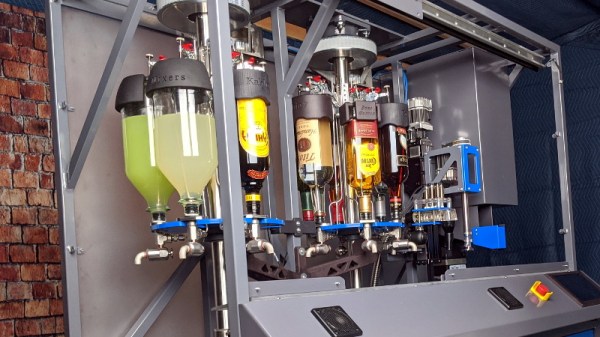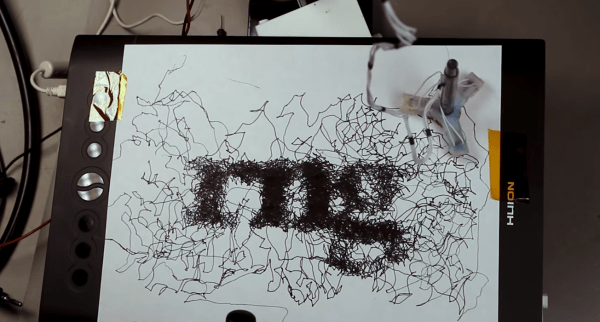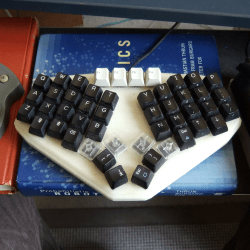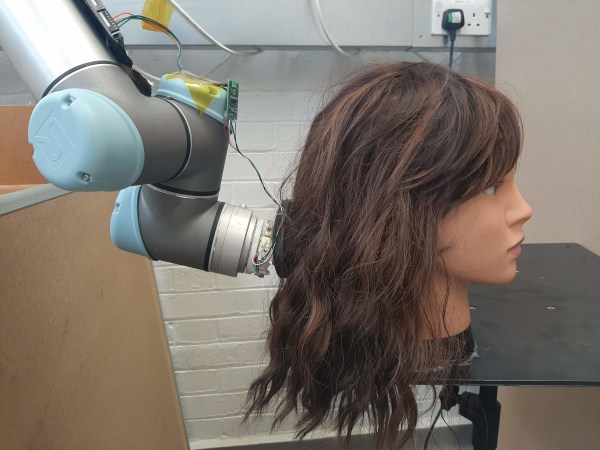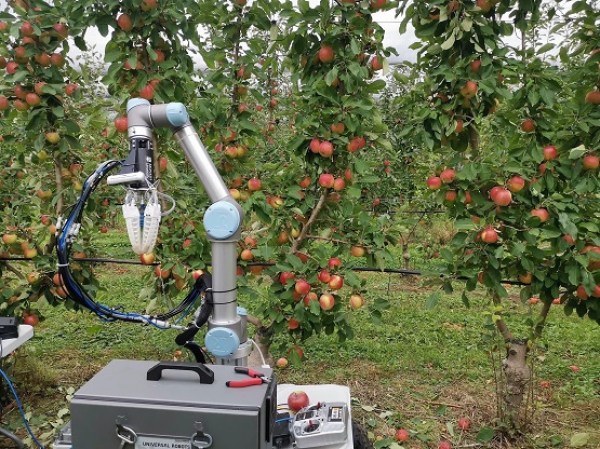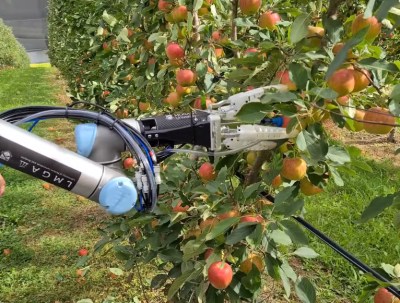Robotic bartenders are a popular project around these parts. If there’s one thing hackers love, after all, it’s automating tasks – as much for the challenge as for the actual time saved. This build from a group of [Teknic Servo] engineers is an impressive example of what can be done with some industrial-grade hardware.
The bartender is built as a demo project for the ClearCore controller, [Teknic’s] industrial-grade device capable of interfacing with a whole bunch of servomotors and sensors to get the job done. The controller is hooked up to a bunch of ClearPath servomotors that handle spinning the bottle carousel, muddling or stirring the beverage, or transporting the drinking glass through the machine. There’s also several interlocks to avoid the patron coming into contact with the bartender’s moving parts while it’s working, and a standard bar-style mixer dispenser actuated with solenoids to keep things simple. Drink selection and control is via a touch screen, with sliders for selecting preferences such as alcohol content and sweetness.
The bartender is certainly capable of producing a neat drink (pun intended), and serves as a great example of how easily a project can be put together with industrial-grade hardware. If you’ve got the budget, you might find using an industrial plug-and-play components quicker than assembling development boards, motor controller shields and other accessories on breakout boards. There’s always more than one way to get the job done, after all.
We’ve seen some great barbots over the years, from builds relying on robotic arms to those focused on ultimate speed. Video after the break.
Continue reading “Robotic Bartender Built With Industrial-Grade Hardware”

